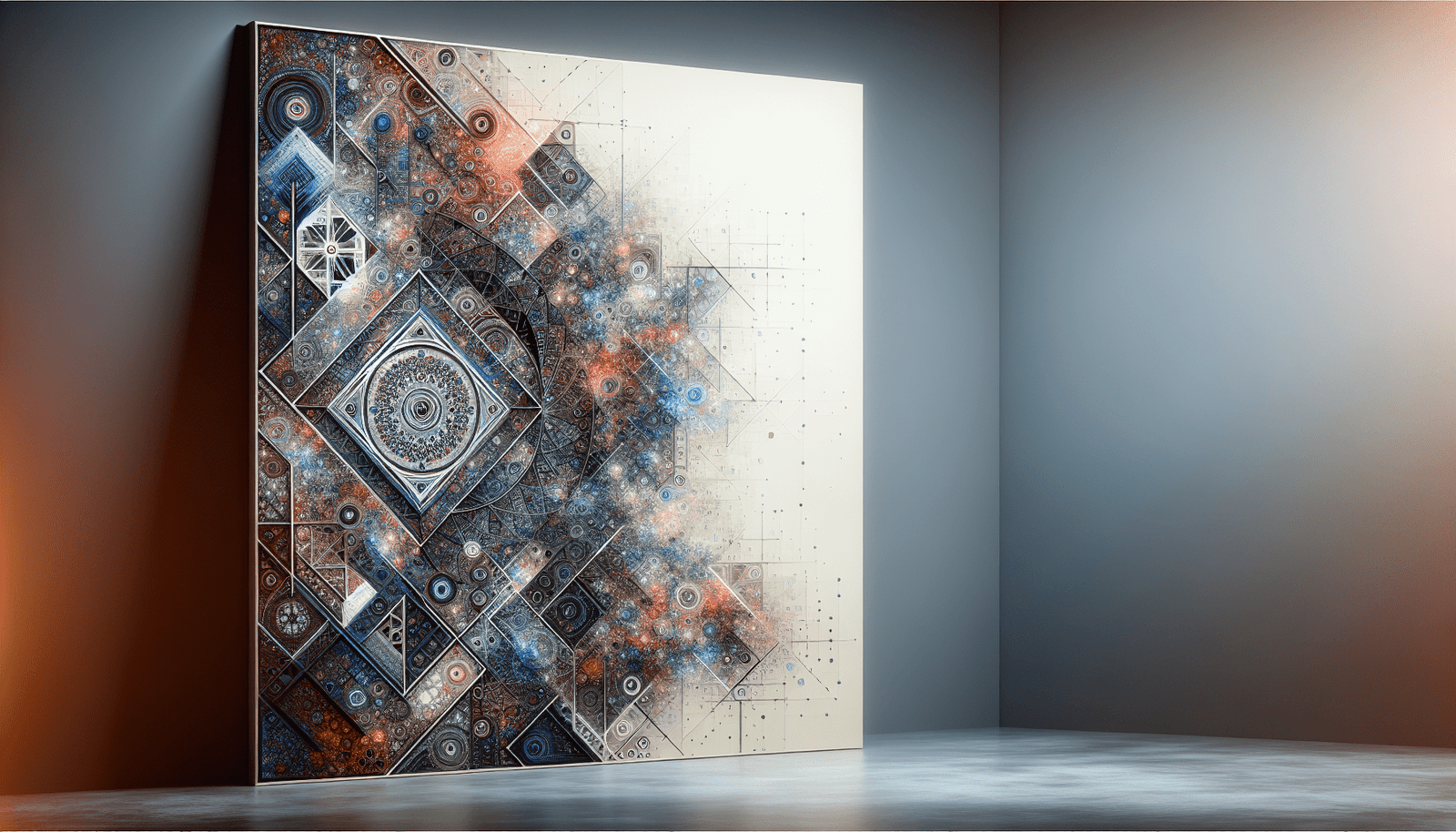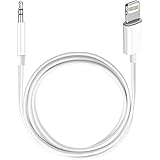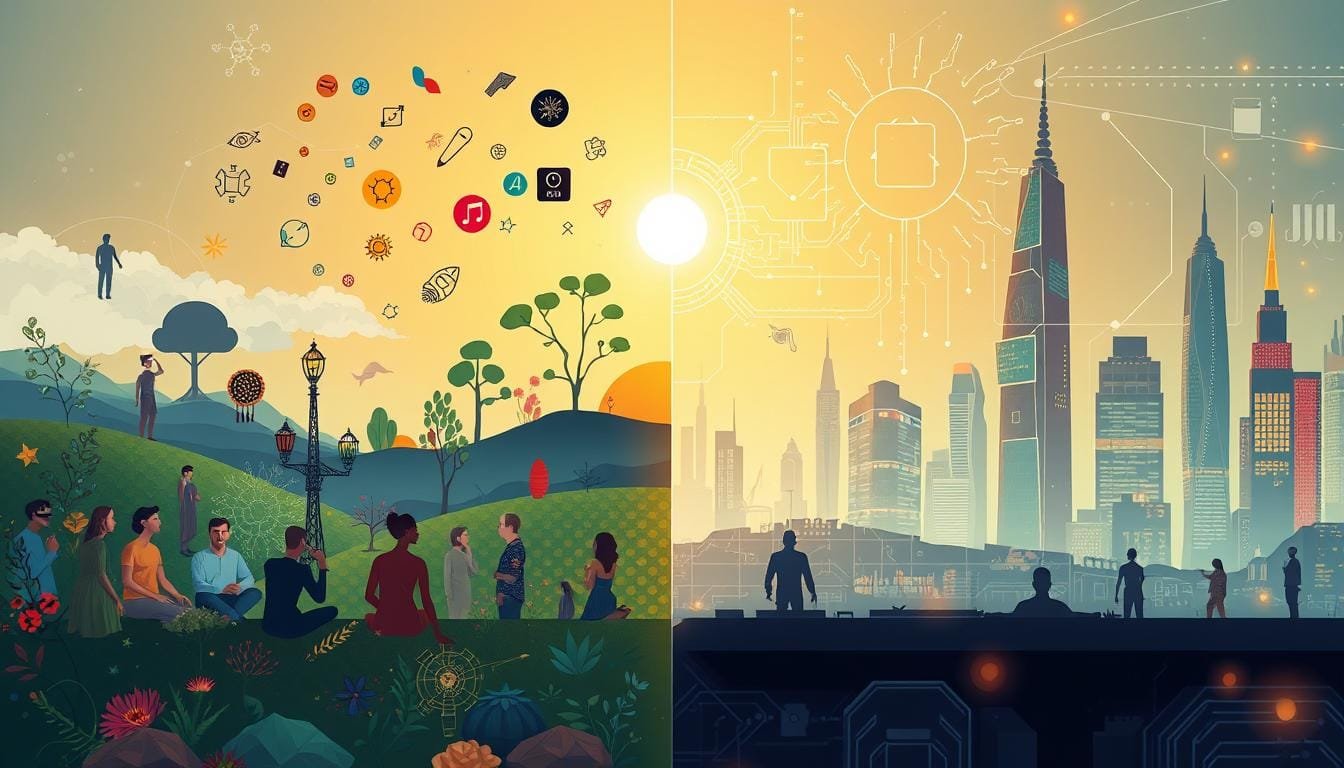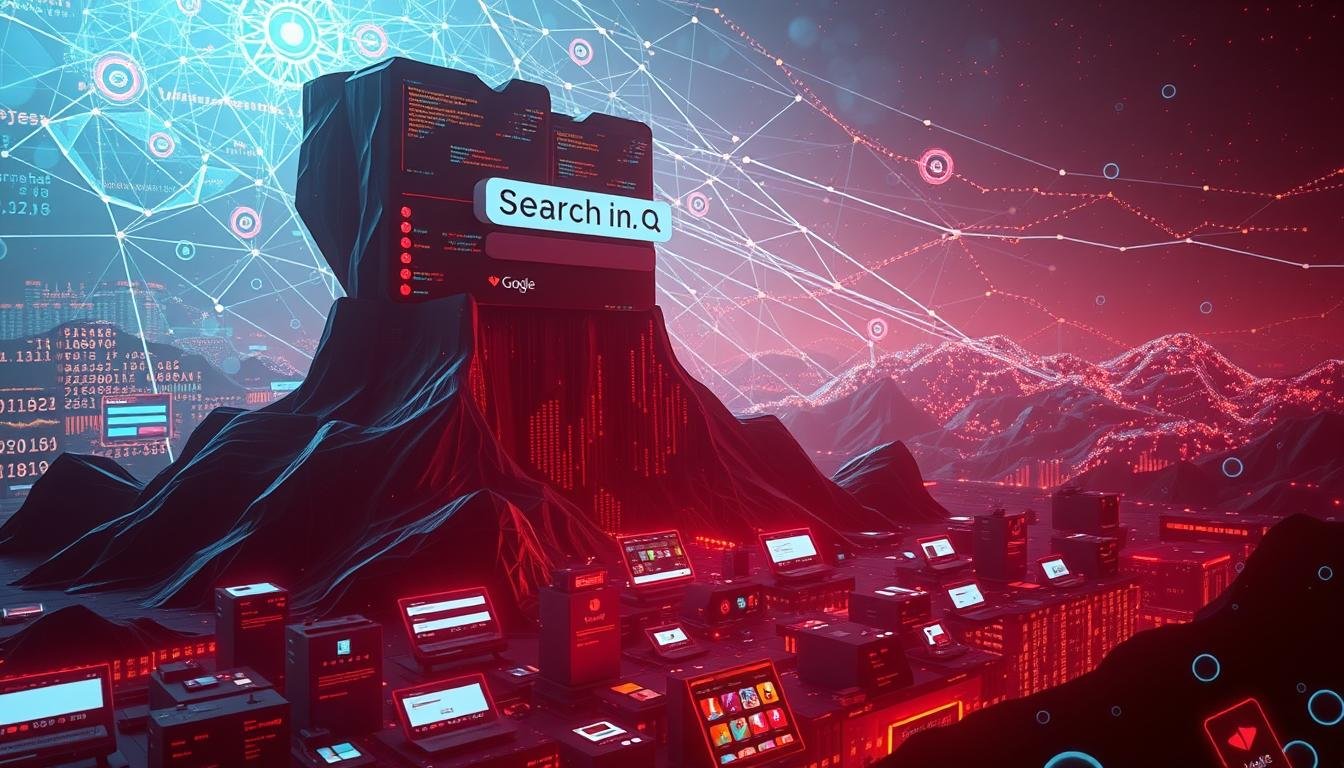Table of Contents
Introduction
In the fascinating realm of AI art, individuals are discovering a lucrative avenue for financial success. With the remarkable capabilities of artificial intelligence, talented creators are harnessing the power of technology to produce awe-inspiring works of art.
From stunning paintings to immersive digital experiences, AI art has emerged as a thriving market, captivating both art enthusiasts and investors alike. Embark on a journey to delve into the captivating ways in which people are harnessing AI to create profitable and thought-provoking pieces, revolutionizing the art world as we know it.
The Rise of AI Art
Artificial Intelligence (AI) has revolutionized various industries, and the art world is no exception. With the emergence of AI-generated artwork, a new era of creativity has dawned. Artists and technologists have come together to explore the potential of AI in the art market, leading to the birth of a mesmerizing fusion between man and machine.
The Emergence of AI-Generated Artwork
AI-generated artwork refers to art that has been created or heavily influenced by artificial intelligence systems. These systems utilize complex algorithms to produce unique and often unexpected art pieces. The combination of data analysis, machine learning, and deep neural networks has given birth to incredible works that challenge traditional notions of creativity.

The Potential of AI Art in the Art Market
The art market has always been a hub of innovation, constantly evolving to embrace new forms of artistic expression. AI art has injected a fresh breath of creativity into this landscape. Collectors and art enthusiasts are drawn to the novelty and uniqueness of AI-generated artwork, making it a potential game-changer in the art market.
AI art has the power to disrupt the traditional art market in several ways. First, it blurs the boundaries between human and machine creation, challenging established notions of authorship and ownership. Second, it introduces a new type of collector – those who understand and appreciate the intersection of art and technology. And third, it opens up new avenues for artists to explore and experiment with AI as a creative tool.
Artificial Intelligence as a Tool for Artists
AI is not just a means of creating art; it is also a powerful tool for artists to enhance their creative process. Artists can leverage AI techniques to generate ideas, explore new styles, and push the boundaries of their creativity. AI can be used as a digital assistant, providing suggestions and inspiration to artists, and ultimately enhancing their artistic vision.

AI Art Techniques
Several techniques form the backbone of AI-generated art. These techniques harness the power of AI to create stunning visual experiences. Let’s explore some of the most widely used AI art techniques.
Generative Adversarial Networks (GANs)
GANs are a type of deep learning algorithm that pits two neural networks against each other – a generator network and a discriminator network. The generator network is trained to create art, while the discriminator network acts as a critic, evaluating and providing feedback on the generated artwork. Through continuous training and iteration, GANs can produce astonishingly realistic and compelling pieces of art.
Neural Style Transfer
Neural style transfer is a technique that merges the content of one image with the style of another image, resulting in a unique combination of both. By utilizing deep neural networks, artists can apply the style of renowned artworks or even natural phenomena to their creations. This technique allows for the creation of visually stunning and highly original pieces of art that fuse different artistic influences.
DeepDream
DeepDream utilizes convolutional neural networks to enhance and emphasize patterns and features within an image. Originally developed to understand how neural networks “see” and interpret visual information, DeepDream has been adopted by artists to create dream-like and highly abstract pieces of art. By amplifying certain features or objects within an image, artists can create visually captivating and thought-provoking works.
AI Art and the Art Market
The impact of AI art on the traditional art market is both fascinating and multifaceted. From transforming the concept of authorship and ownership to the rise of AI art collectors, the marriage between AI and art has reshaped the art market in exciting ways.
The Impact of AI Art on the Traditional Art Market
One of the key challenges posed by AI art is reconciling the traditional notions of authorship and ownership with the collaborative nature of AI-generated artwork. When AI systems play a fundamental role in the creation of art, determining who holds the rights and responsibilities becomes complex. Artists, collectors, and legal experts are grappling with the question of how to attribute authorship and establish ownership in the context of AI art.
Furthermore, the influx of AI-generated artwork has raised questions about the value and significance of human creativity. As AI becomes more adept at creating art, some argue that it could devalue human-created artwork. Balancing the appreciation of both AI and human creativity becomes crucial in maintaining the integrity of the art market.
The Rise of AI Art Collectors
The rise of AI-generated artwork has attracted a unique breed of art collectors – those who appreciate the convergence of technology and art. These collectors recognize the significance of AI art and its potential to reshape the art world. The allure of owning a piece of art created by an AI system appeals to their fascination with cutting-edge technology and the exploration of new creative frontiers.
AI Artworks in Galleries and Auctions
AI-generated artwork has found its way into galleries and auctions worldwide, solidifying its place in the art market. Art exhibitions and events dedicated to AI art have witnessed significant interest and attendance. Galleries and art dealers now include AI-generated artwork in their collections, recognizing the artistic value and market potential of these unique creations. Auction houses have also started to feature AI art in their catalogs, augmenting the visibility and demand for such works.

Ethical and Legal Considerations
As AI art proliferates, a range of ethical and legal considerations come to the forefront. Addressing authorship, ownership, copyright, and fair use is essential in establishing a fair and ethical framework for the AI art ecosystem.
The Question of Authorship and Ownership
Determining authorship and ownership in the context of AI art requires thoughtful consideration. While AI systems are responsible for generating the artwork, it is the artists who guide and shape these systems. Striking a balance between AI’s contribution and human creativity is crucial to ensure that both artists and AI systems are appropriately acknowledged and attributed.
Copyright and Intellectual Property Rights
Copyright and intellectual property rights have become complex issues in the realm of AI art. Traditional copyright laws were designed with human creators in mind, leaving a gap when it comes to AI-generated artwork. The legal community is grappling with how to address this challenge and provide adequate protection for both artists and AI systems in the context of intellectual property rights.
Fair Use and the Transformative Nature of AI Art
Fair use is a legal principle that allows for the limited use of copyrighted material without permission from the copyright holder. Applying fair use to AI art poses unique challenges, as AI systems inherently utilize pre-existing data and styles to generate artwork. Determining the boundaries and extent of fair use in AI art requires careful consideration of the transformative nature of the art form and the impact on the original creators.
Profit Opportunities in AI Art
The world of AI art presents exciting profit opportunities for artists, collectors, and entrepreneurs. Let’s explore some avenues through which people are making money with AI art.
Selling AI-Generated Art Online
Online platforms have emerged as a popular avenue for artists to sell their AI-generated artwork directly to collectors. Websites and marketplaces dedicated to AI art provide a platform for artists to showcase, market, and sell their creations. Collectors can browse through a vast array of AI-generated artwork from all over the world, opening up new possibilities for both artists and buyers.
Licensing AI Art for Commercial Purposes
AI-generated artwork holds immense potential for commercial applications. Artists and AI art studios can license their creations to various industries, including advertising, marketing, and entertainment. Brands are increasingly interested in incorporating AI art into their campaigns, leveraging its unique and eye-catching aesthetic to engage consumers. Licensing AI art for commercial purposes represents a lucrative opportunity for artists to monetize their creations beyond the traditional art market.
Collaborations between AI Artists and Brands
Collaborations between AI artists and brands have become a captivating trend in the art world. Brands recognize the value of collaborating with AI artists to create visually captivating and technologically innovative campaigns. These collaborations enable artists to gain exposure, reach wider audiences, and establish themselves as pioneers in the field of AI-generated art. Simultaneously, brands benefit from the unique perspective and aesthetic of AI art, which adds a distinctive touch to their marketing efforts.

Challenges and Limitations of AI Art
While AI art holds immense promise, it also faces challenges and limitations that must be acknowledged and overcome to ensure its continued growth and relevance.
The Need for Human Intervention in the Creative Process
Despite the incredible capabilities of AI, human intervention remains crucial in the creative process. AI systems excel at analyzing and replicating existing data, but they lack the innate ability to conceptualize and generate truly original ideas. Human artists must infuse their unique perspectives, emotions, and experiences into the creative process to elevate AI-generated artwork to new heights.
The Danger of AI Art Becoming Formulaic
One of the concerns surrounding AI art is the potential for it to become formulaic or repetitive. AI systems operate based on patterns and algorithms, which can result in consistent and predictable outcomes. Avoiding artistic stagnation requires artists to continually explore new techniques, experiment with different inputs, and challenge the boundaries of what AI art can achieve. Embracing innovation and pushing the limits of AI technology is key to mitigating the risk of formulaic art.
The Limitations of Current AI Technology in Art Creation
While AI has made remarkable advancements, there are still limitations to its capabilities in the realm of art creation. AI systems heavily rely on extensive training datasets, and the quality of the generated artwork is influenced by the breadth and depth of the data available. Additionally, AI art techniques often require significant computational resources and can be time-consuming. Continued advancements in AI technology are needed to address these limitations and unlock new possibilities for artistic exploration.
AI Art as a Creative Tool
AI art not only stands as a powerful artistic medium but also serves as a remarkable tool for human artists to enhance their creative process and push the boundaries of their craft.
Using AI Art as Inspiration for Human Artists
AI-generated artwork can serve as a wellspring of inspiration for human artists. By exploring AI art, artists can gain new ideas, challenge their artistic conventions, and expand their creative horizons. AI-generated art provides a fresh perspective, offering unique insights and possibilities that may have otherwise remained unexplored.
Combining AI Techniques with Traditional Art Methods
The integration of AI techniques with traditional art methods results in a captivating fusion of old and new. Artists can leverage AI algorithms to augment their traditional art practices, creating hybrid art forms that harness the best of both worlds. This combination opens up new possibilities for experimentation, enabling artists to create rich and multi-dimensional artworks.
Pushing the Boundaries of Creativity with AI
AI art is not limited to replication; it can be a catalyst for innovation. Artists can utilize AI techniques to push the boundaries of creativity, challenging conventional techniques and styles. By embracing AI as a creative partner, artists can explore uncharted territories, fostering novel artistic expressions that captivate audiences and redefine the boundaries of human imagination.

AI Art and Cultural Impact
The rise of AI art has significant implications for the cultural fabric of our society. It influences popular culture, reflects societal values and biases, and raises important discussions about representation and diversity.
The Role of AI Art in Shaping Popular Culture
AI art has the power to shape popular culture by introducing new aesthetics, styles, and narratives. As AI-generated artwork permeates mainstream media, it influences the visual language of popular culture, leaving an indelible mark on our collective imagination. AI art challenges conventional artistic norms, defying our expectations and enriching the cultural landscape with its unique and thought-provoking creations.
AI Art as a Reflection of Societal Values and Biases
AI, despite its immense potential, is not immune to societal biases. AI systems learn from the data they are trained on, and if that data contains inherent biases, those biases can seep into AI-generated artwork. It is crucial for artists, technologists, and society to be aware of this and actively work towards mitigating biases, promoting inclusivity, and ensuring that AI art reflects a diverse range of perspectives.
Ethnic Diversity in AI Art
Diversity and representation are essential aspects of any artistic medium, and AI art is no exception. Just as underrepresented voices need to be heard in traditional art, the AI art world must actively work towards ensuring ethnic diversity. This includes diverse representation in both the artists creating the AI systems and the datasets used to train the algorithms. By embracing and celebrating diversity, AI art can become a truly inclusive and representative form of artistic expression.
The Future of AI Art
The future of AI art is filled with immense possibilities and boundless horizons. Advancements in AI technology will continue to shape and redefine the world of art, opening doors to new art forms, redefining creativity, and challenging our understanding of what it means to be an artist.
Advancements in AI Technology and Its Impact on Art
As AI technology evolves, so too will its impact on the art world. Continued advancements in machine learning, deep neural networks, and computational power will unlock new frontiers in art creation. Artists will have access to increasingly sophisticated AI tools, allowing them to explore uncharted territories and create truly unique and groundbreaking artwork.
The Potential for AI to Create Entirely New Art Forms
AI holds the potential to birth entirely new art forms that were previously unimaginable. As AI systems gain a deeper understanding of artistic principles and are exposed to more diverse and extensive datasets, they can create art forms that transcend traditional artistic boundaries. From interactive installations to immersive virtual reality experiences, the fusion of AI and art presents endless possibilities for the creation of novel and awe-inspiring art forms.
The Role of AI Art in Redefining Creativity
AI art challenges our understanding of creativity, blurring the lines between human and machine creation. As AI becomes an integral part of the artistic process, the concept of creativity will undergo a profound transformation. Artists will explore new ways of collaborating with AI systems, co-creating artwork that transcends the limitations of human creativity alone. The symbiotic relationship between humans and AI will redefine what it means to be a creative force in the world of art.
Conclusion
The world of AI art is a profitable and evolving landscape, offering new opportunities for artists, collectors, and entrepreneurs. As AI-generated artwork continues to gain recognition and appreciation, it challenges traditional notions of authorship, ownership, and artistic value.
The rapidly advancing field of AI technology promises to push the boundaries of art creation, giving rise to entirely new art forms and redefining our understanding of creativity. As we embark on this exciting journey, it is crucial to strike a balance between AI and human creativity, ensuring that both can coexist and flourish in the vibrant tapestry of the art world.
Read our other articles on AI tools for content generation and productivity. MangoSEO AI and AIWiseMind are wonderful tools for automating the creation of SEO-optimized blog posts, while Microsoft Copilot is a cutting-edge personal chat assistant at your fingertips.
Frequently Asked Questions
Is anyone making money from AI art?
Yes, artists and collectors are increasingly making money from AI-generated art. Auction houses like Christie’s have sold AI-generated artworks for substantial sums. For instance, “Portrait of Edmond de Belamy” by the AI algorithm GAN (Generative Adversarial Network) fetched over $432,000 in 2018 1.
What AI is used for AI art?
Artists use various AI techniques, including:
– Generative Adversarial Networks (GANs): These neural networks generate new content by learning from existing data.
– Recurrent Neural Networks (RNNs): Used for text-to-image synthesis.
– Style Transfer Algorithms: Transform images into different artistic styles.
– DeepDream: Creates surreal, dream-like images.
Variational Autoencoders (VAEs): Used for image generation and manipulation 2.
How can AI be used in the creative arts?
AI can:
– Generate Art: Create original artworks, music, and poetry.
– Enhance Creativity: Assist artists in exploring novel ideas and styles.
– Automate Repetitive Tasks: Free up artists’ time for more creative endeavors.
– Analyze Trends: Help artists understand market preferences and predict trends 2.
Is AI-generated art really creative?
AI-generated art can be creative, but it lacks the human context, emotions, and life experiences that inform traditional art. While it produces novel compositions, the essence of creativity remains a human domain 3.
Is AI art legal?
Legally, AI art is a gray area. Copyright laws vary by country, and determining authorship for AI-generated works can be complex. Some argue that the programmer or the AI itself should hold copyright, while others believe it should be the user who provides input to the AI 4.
What are the negatives of AI art?
– Originality Concerns: AI art often relies on existing data, raising questions about true originality.
– Ethical Dilemmas: AI can perpetuate biases present in training data.
– Job Displacement: Some fear AI will replace human artists.
– Dehumanization of Art: Critics argue that AI lacks the soul and depth of human expression 1.
Is AI art a threat to artists?
While AI can augment creativity, it’s not inherently a threat. Artists who embrace AI as a tool can benefit from its capabilities rather than seeing it as a rival 1.
Is AI art going to replace artists?
Unlikely. AI can assist, but human creativity remains irreplaceable. Collaboration between AI and artists is more probable than outright replacement 1
Why are artists against AI?
Some artists fear loss of authenticity, uniqueness, and the emotional connection that comes from human-created art. Concerns about job displacement and devaluation of traditional art also play a role 1.
Will AI art cause artists to lose their jobs?
While AI may change the landscape, it won’t eliminate artists. Instead, it will redefine roles and open new possibilities 1.
Is AI the end of art?
No, AI is an evolution. It challenges norms and pushes boundaries, but art will continue to thrive in various forms 1.
Does AI steal real art?
AI doesn’t steal art; it generates new content based on patterns in existing data. However, the question of originality remains contentious 3.
Will AI make artists obsolete?
Not entirely. AI can coexist with artists, enhancing their creative process and expanding artistic horizons 1.
How will AI change the art world?
AI will democratize creativity, inspire new genres, and redefine artistic collaboration. It will also raise ethical and legal questions about authorship and ownership 5.
Source Links
- The Guardian: When AI can make art – What Does It Mean for Creativity?
- Artland: Agents Of Change: Artificial Intelligence – AI Art and How Machines Have Expanded Human Creativity.
- UNSW Sydney: Can Artificial Intelligence Create Art?
- Sarah Ransome Art: Part 8: Art and Artificial Intelligence (AI)






